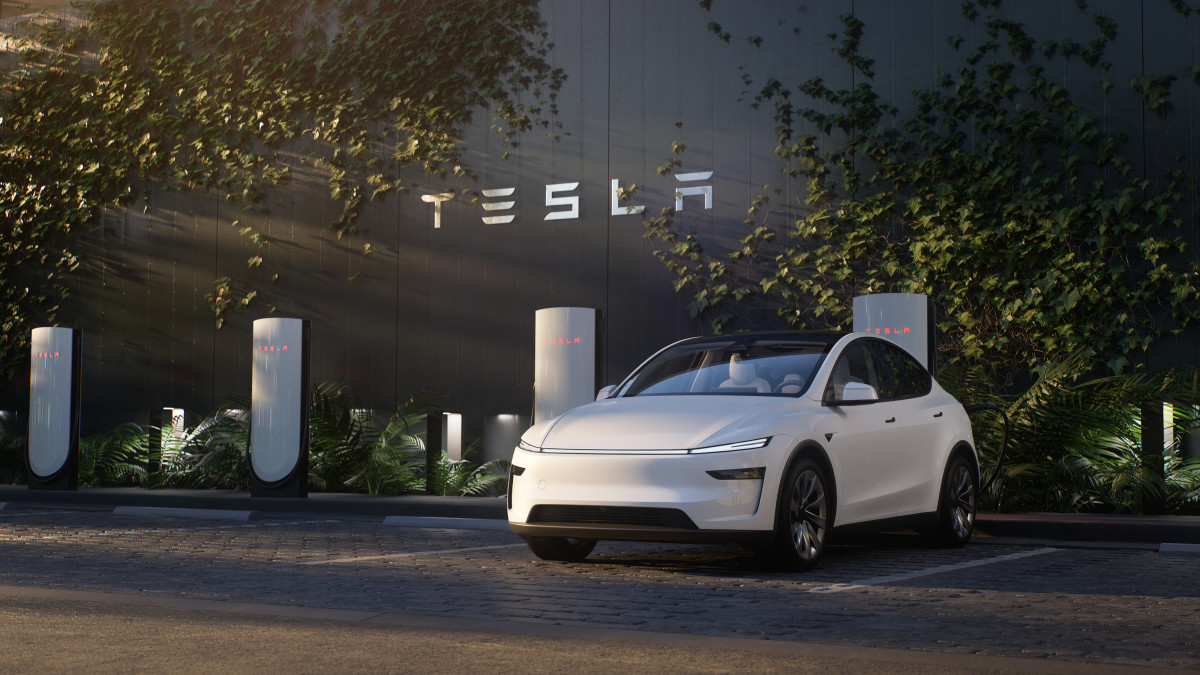BEVs in the US: The Data Behind the Hype
Recent studies confirm that battery electric vehicles (BEVs) deliver a real, measurable climate benefit over gasoline cars—when you look at the full lifecycle. After accounting for all emissions (from manufacturing and battery production to driving and disposal), a U.S.–sold BEV generates 41–71% lower total greenhouse-gas emissions than a comparable gas car, depending on your region’s power-grid cleanliness. You can explore these differences yourself with the Union of Concerned Scientists’ EV Emissions Tool.
As the U.S. electric grid rapidly shifts toward solar, wind, and other renewables documented in the EPA’s eGRID database, that climate advantage only grows.

Tesla
Understanding the Lifecycle
Manufacturing a BEV carries more carbon upfront — roughly 40% more “embedded” emissions than building a similar internal-combustion vehicle, thanks largely to battery production and material sourcing. But that carbon “debt” is normally paid off within the first 25,000–41,000 miles on the road—about two years of typical driving — according to the ICCT’s lifecycle analysis. After break-even, every additional mile driven deepens the BEV’s lifetime emissions lead.
Once on the road, BEVs enjoy zero tailpipe emissions, improving urban air quality and sparing drivers from gasoline pollution. Charging emissions depend on your local energy mix: in states with cleaner grids—think California, New York, or Oregon—driving an EV matches or beats even the most efficient gasoline models. In fact, as of 2025, 93% of Americans live in areas where powering an EV produces fewer emissions than a 50+ MPG hybrid, as shown by the DOE’s AFDC calculator.

Why BEVs Keep Getting Cleaner
The grid is cleaning up fast: renewables supply an ever-growing share of U.S. electricity while coal falls to historic lows. At the same time, advanced battery plants are increasingly powered by renewables, and shifting supply chains further cut upstream emissions. Battery-recycling systems are also scaling up — part of the Department of Energy’s push on battery materials and recycling — which will shrink the footprint of future BEVs even more.
Related: 5 Game-Changing Batteries That Will Change Your Life
What This Means for Drivers and Policymakers
For consumers, the takeaway is clear: a new BEV will become a net climate benefit within its first couple of years on the road, and low energy-per-mile costs plus reduced maintenance mean real savings, too. For policy planners, accelerating clean-energy deployment, expanding charging infrastructure, and supporting local battery supply and recycling will only widen the advantage BEVs hold over gas cars. Ultimately, in the U.S. today, buying a battery-electric vehicle isn’t just choosing a cleaner option—it’s choosing one that gets cleaner every month the grid decarbonizes.